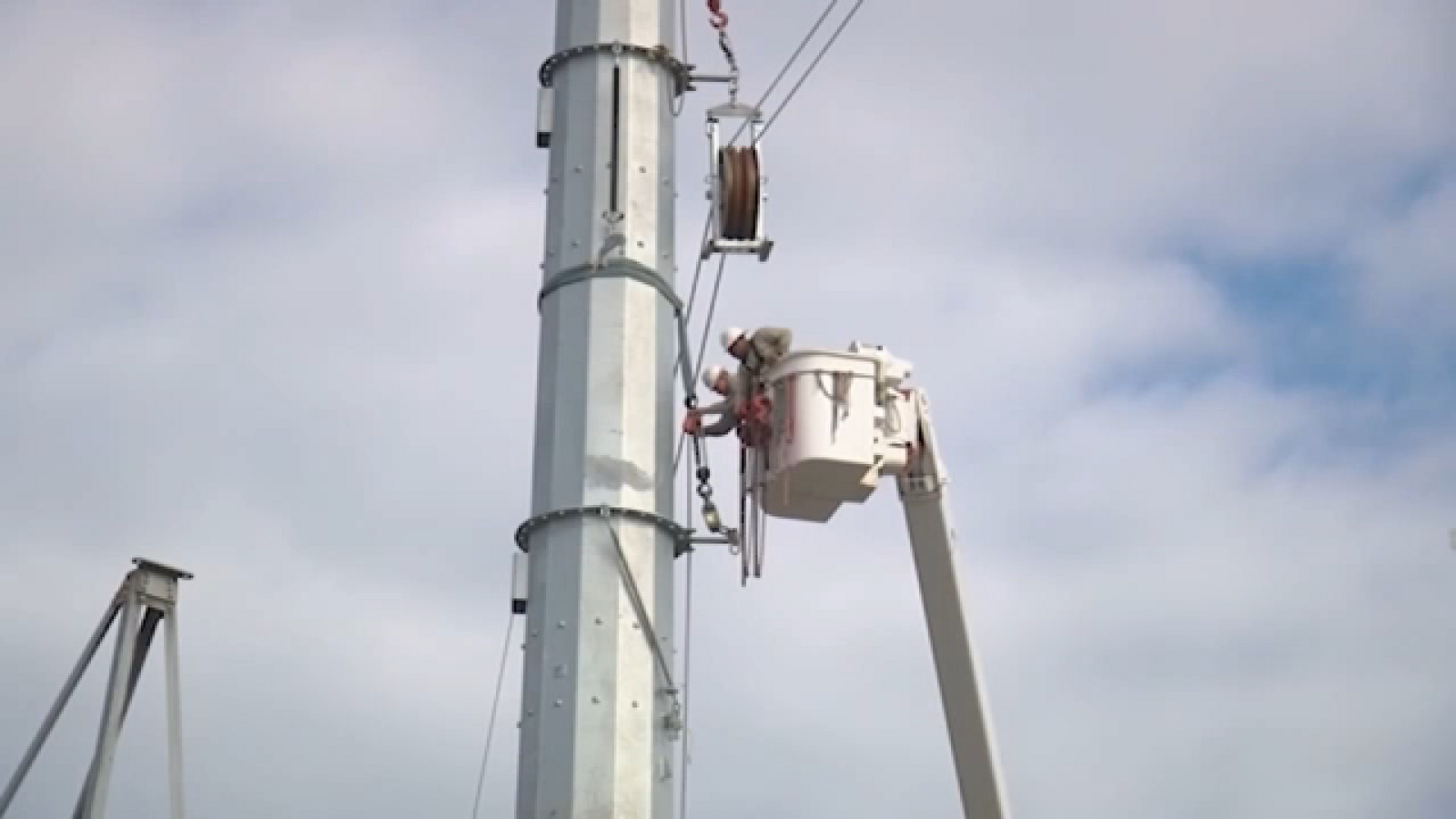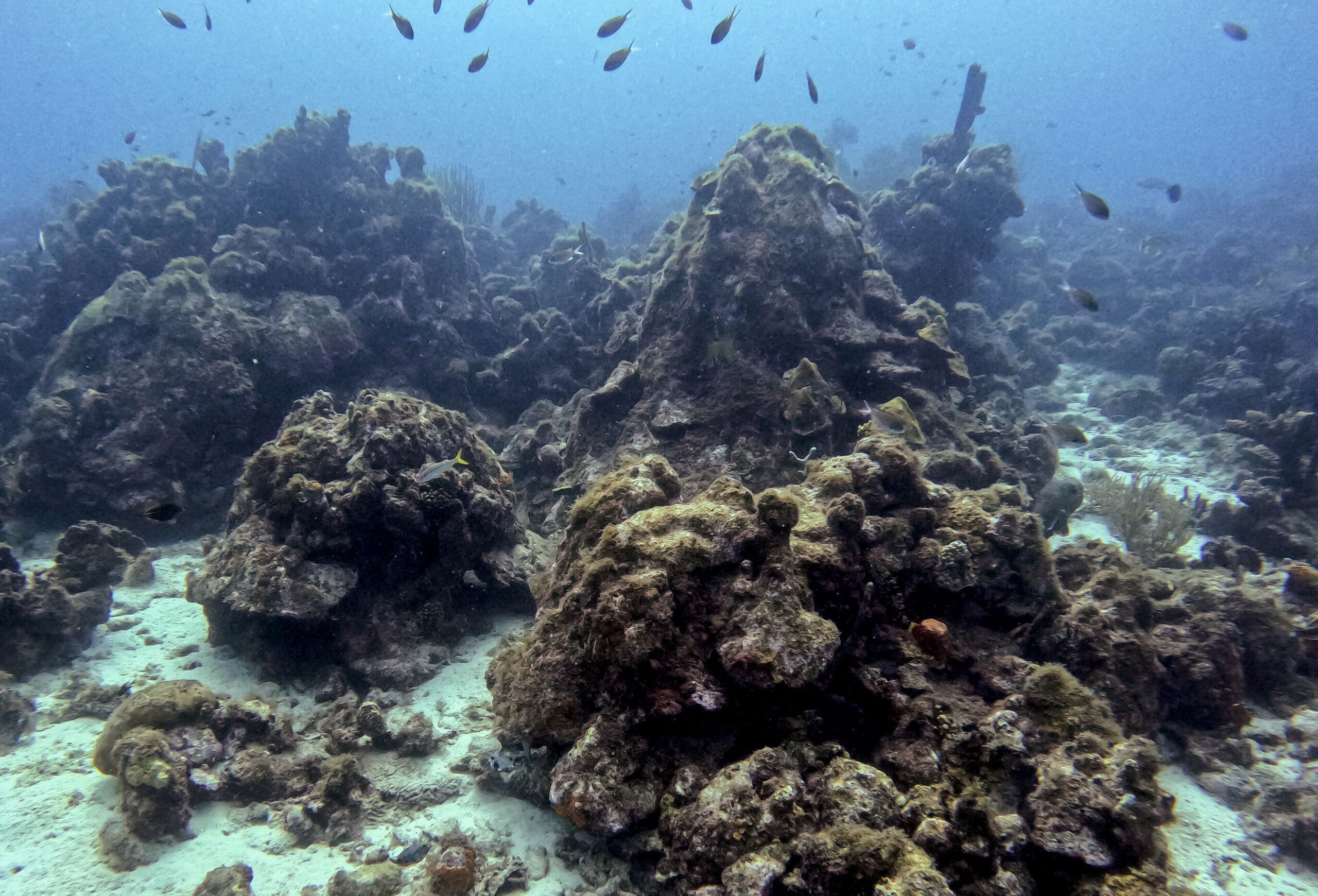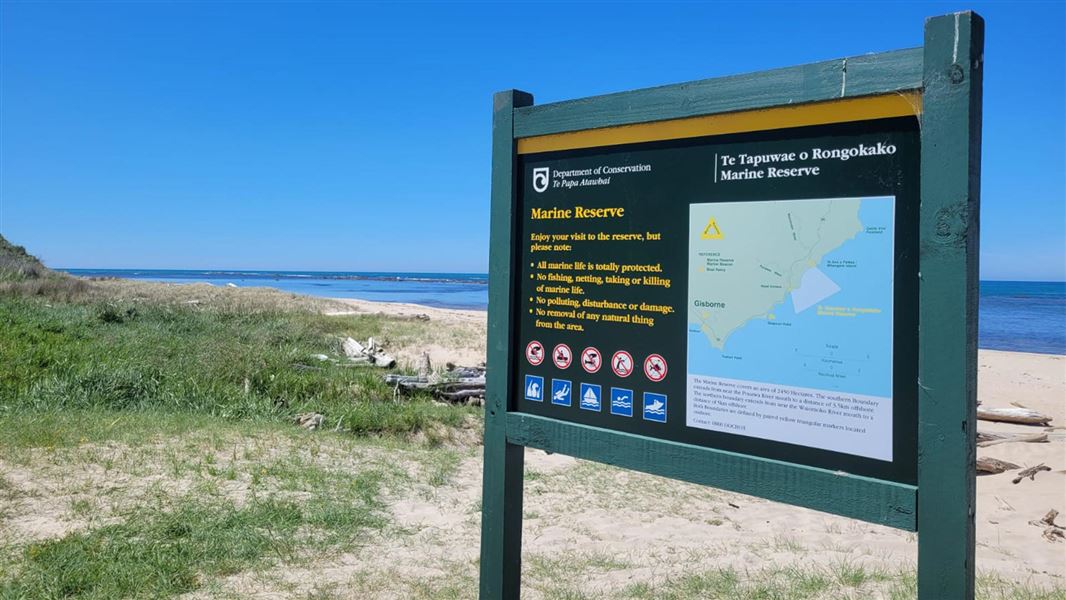Melting ice is hiding a massive climate secret beneath Antarctica – Science Daily

Report on the Southern Ocean’s Carbon Sequestration Capacity and Implications for Sustainable Development Goals
Introduction: The Southern Ocean’s Critical Role in Climate Action (SDG 13)
The global ocean system is a primary regulator of the Earth’s climate, absorbing approximately one-quarter of anthropogenic carbon dioxide (CO2) emissions. The Southern Ocean is disproportionately significant in this process, accounting for 40% of the total oceanic uptake of CO2. This function makes the region a critical component in achieving Sustainable Development Goal 13 (Climate Action) by mitigating the atmospheric accumulation of greenhouse gases. The ocean’s capacity to act as a carbon sink is governed by a complex circulatory system where deep, carbon-rich water upwells, exchanges gases with the atmosphere, and subducts, sequestering atmospheric CO2 in the deep ocean.
Analysis of Carbon Sink Dynamics and Ocean Stratification
Climate models have consistently projected a decline in the Southern Ocean’s CO2 absorption capacity due to climate change-induced intensification of westerly winds. Stronger winds were expected to enhance the upwelling of ancient, CO2-rich deep water, thereby limiting the ocean’s ability to absorb additional atmospheric CO2. However, observational data collected over several decades have not shown this predicted decline. A recent study by the Alfred Wegener Institute (AWI) provides a new explanation for this stability.
- Upwelling Process: Deep water, isolated for centuries, accumulates high concentrations of natural CO2. Its return to the surface is a key factor in the ocean’s net carbon balance.
- Stratification: The ocean is layered by density, with cooler, less saline surface water sitting atop warmer, saltier, and CO2-rich deep water. This stratification acts as a barrier, regulating gas exchange.
- Climate Change Impact: Anthropogenic climate change has intensified westerly winds, which increases the energy available for mixing and overturning circulation.
Key Findings: Freshwater’s Role in Supporting Ocean Health (SDG 14)
The AWI study, utilizing biogeochemical data from 1972 to 2021, determined that changes in the properties of surface water have temporarily counteracted the effects of stronger winds. This finding is directly relevant to Sustainable Development Goal 14 (Life Below Water), as ocean chemistry and structure are fundamental to marine ecosystem health.
- Surface Water Freshening: Increased freshwater input from melting ice and higher precipitation has reduced the salinity of the Southern Ocean’s surface layer since the 1990s.
- Reinforced Stratification: This “freshening” has increased the density difference between the surface and deep water masses, strengthening the stratification barrier.
- CO2 Entrapment: The enhanced barrier has effectively trapped CO2-rich deep water, preventing it from reaching the surface and releasing its stored carbon into the atmosphere.
- Sustained Carbon Sink: By limiting the outgassing of natural CO2, this mechanism has allowed the Southern Ocean to maintain its function as a robust carbon sink, thereby mitigating ocean acidification and supporting the targets of SDG 14.
Future Risks and Challenges to Global Sustainability Goals (SDG 13 & SDG 14)
The stabilizing effect of surface freshening is considered a temporary state. The underlying pressures from climate change continue to mount, posing a significant future risk to both SDG 13 and SDG 14.
- Weakening Barrier: Intensifying westerly winds are pushing the CO2-rich deep water layer closer to the surface. Since the 1990s, its upper boundary has risen by approximately 40 meters.
- Risk of CO2 Release: As the boundary between layers shoals, it becomes more vulnerable to wind-driven mixing. A breakdown of this stratification would lead to a large-scale release of sequestered CO2 into the atmosphere.
- Consequences for SDGs: Such an event would weaken the Southern Ocean’s carbon sink, accelerate global warming (undermining SDG 13), and intensify ocean acidification, which threatens marine biodiversity and ecosystems (undermining SDG 14).
Conclusion: The Imperative for Global Partnerships and Continued Research (SDG 17)
The study underscores the complexity of the Earth’s climate system and highlights the risk of missing critical processes by focusing only on surface-level observations. To accurately forecast the future of the Southern Ocean’s carbon sink and develop effective climate mitigation strategies, a concerted international effort is required. This aligns with Sustainable Development Goal 17 (Partnerships for the Goals), which emphasizes the need for global collaboration in science and technology. Further research, particularly collecting data during winter months when ocean mixing is most intense, is essential. International programs, such as Antarctica InSync, represent the collaborative approach needed to understand the effects of climate change and protect this vital global commons.
Analysis of Sustainable Development Goals in the Article
1. Which SDGs are addressed or connected to the issues highlighted in the article?
-
SDG 13: Climate Action
- The article directly addresses climate action by focusing on the impacts of global warming on the Southern Ocean. It discusses the ocean’s role as a major carbon sink, absorbing human-produced CO2 emissions, and how climate change (e.g., strengthening westerly winds, melting glaciers) is altering this critical function. The entire study is framed around understanding the planet’s natural defenses against climate change and the risks posed by ongoing warming.
-
SDG 14: Life Below Water
- The article is fundamentally about the health and chemical balance of a major marine ecosystem, the Southern Ocean. It examines changes in ocean properties like salinity, temperature, and stratification, which are vital for marine life. The discussion on CO2 absorption relates directly to ocean acidification, a key threat to marine ecosystems. The study highlights how physical changes in the ocean can disrupt the natural systems that support life below water.
2. What specific targets under those SDGs can be identified based on the article’s content?
-
SDG 13: Climate Action
- Target 13.1: Strengthen resilience and adaptive capacity to climate-related hazards and natural disasters in all countries. The article investigates the resilience of the Southern Ocean’s carbon sink, a natural system that mitigates the hazard of global warming. It warns that this resilience is temporary and could weaken, accelerating climate change and its related hazards globally.
- Target 13.2: Integrate climate change measures into national policies, strategies and planning. The scientific findings in the article provide crucial information that should inform climate policies. Understanding the potential failure of a major carbon sink underscores the urgency of implementing measures to reduce CO2 emissions.
-
SDG 14: Life Below Water
- Target 14.2: By 2020, sustainably manage and protect marine and coastal ecosystems to avoid significant adverse impacts, including by strengthening their resilience, and take action for their restoration in order to achieve healthy and productive oceans. The article analyzes the stability of the Southern Ocean ecosystem’s biogeochemical processes. It warns that climate change is altering the ocean’s physical structure (stratification), which could lead to “significant adverse impacts” on its ability to function as a carbon sink.
- Target 14.3: Minimize and address the impacts of ocean acidification, including through enhanced scientific cooperation at all levels. The article’s focus on the ocean’s absorption of CO2 is directly linked to ocean acidification. It explains the mechanism by which CO2 is stored in deep water and warns of the potential for this CO2-rich water to surface, which would not only affect the atmosphere but also the chemistry of the surface ocean. The study itself is an example of “enhanced scientific cooperation.”
3. Are there any indicators mentioned or implied in the article that can be used to measure progress towards the identified targets?
-
For SDG 13 Targets:
- Rate of CO2 absorption by the Southern Ocean: The article states the Southern Ocean “accounts for about 40 percent” of the total oceanic uptake of human-produced CO2. Monitoring this rate is a direct indicator of the ocean’s capacity to mitigate climate change.
- Strength of westerly winds: The article identifies “stronger westerly winds, a result of human-driven climate change,” as a key factor that could reduce the ocean’s carbon sink capacity. Measuring wind intensity serves as an indicator of climate change pressure on this system.
- Rate of freshwater input: The study notes that “increased input of freshwater caused by precipitation and melting glaciers and sea ice” is currently strengthening ocean stratification. This rate is an indicator of the impact of global warming on the cryosphere and its subsequent effect on ocean dynamics.
-
For SDG 14 Targets:
- Ocean stratification (density layering): The article explains that the “freshening” of surface water “reinforces the density stratification between the two water masses.” Measuring the strength of this stratification is a key indicator of the ocean’s physical stability and its ability to sequester carbon.
- Surface water salinity: The study found that “the Southern Ocean’s surface water salinity has reduced.” This is a direct, measurable indicator of changes in ocean chemistry driven by climate change.
- Depth of the CO2-rich deep water layer: The article provides a specific measurement: “Since the 1990s, the upper boundary of the deep water layer has risen by about 40 meters.” This is a precise indicator of how climate change is altering the ocean’s structure and bringing stored CO2 closer to the surface, relevant to ocean acidification (Target 14.3).
4. Summary Table of SDGs, Targets, and Indicators
| SDGs | Targets | Indicators |
|---|---|---|
| SDG 13: Climate Action |
|
|
| SDG 14: Life Below Water |
|
|
Source: sciencedaily.com
What is Your Reaction?
 Like
0
Like
0
 Dislike
0
Dislike
0
 Love
0
Love
0
 Funny
0
Funny
0
 Angry
0
Angry
0
 Sad
0
Sad
0
 Wow
0
Wow
0


















































.jpg.webp?itok=0ZsAnae9#)



/environment-climate-change-and-health-(ech)/water-sanitation-hygiene-and-health-(wsh)/landfill-tuvalu-36092.tmb-1200v.jpg?sfvrsn=5c21fe40_1#)



















